Spy Secrets: Tales From Napoleon's Top-Secret Black Chambers
Listen to A History of The World in Spy Objects podcast: Sheehan Quirke - Napoleon's Briefcase
Napoleon Bonaparte's treasured leather portfolio was delivered to him each morning by his Postmaster-General, Count Lavalette, head of the cabinet noir - the secret ‘Black Chamber’ within the post office.

The French emperor’s red-leather case brimmed with daily reports from agents who monitored the mail of influential individuals and politicians. Codebreakers also worked alongside stenographers in the post office’s secret Black Chamber, copying, deciphering, and resealing correspondence sent to foreign embassies.
“It was commonly said that those who did not want their letters read, did not send them by post,” Ida M. Tarbell writes in A Life of Napoleon Bonaparte. “It was hardly necessary - as in the Revolution - to send them in pies, in coat-linings, or hat-crowns, yet care and prudence had to be exercised.”
Napoleon devoured Count Lavalette’s intelligence reports which were delivered in the emperor’s Gazettes Étrangères portfolio along with clippings from foreign newspapers and articles mentioning Napoleon and his family.
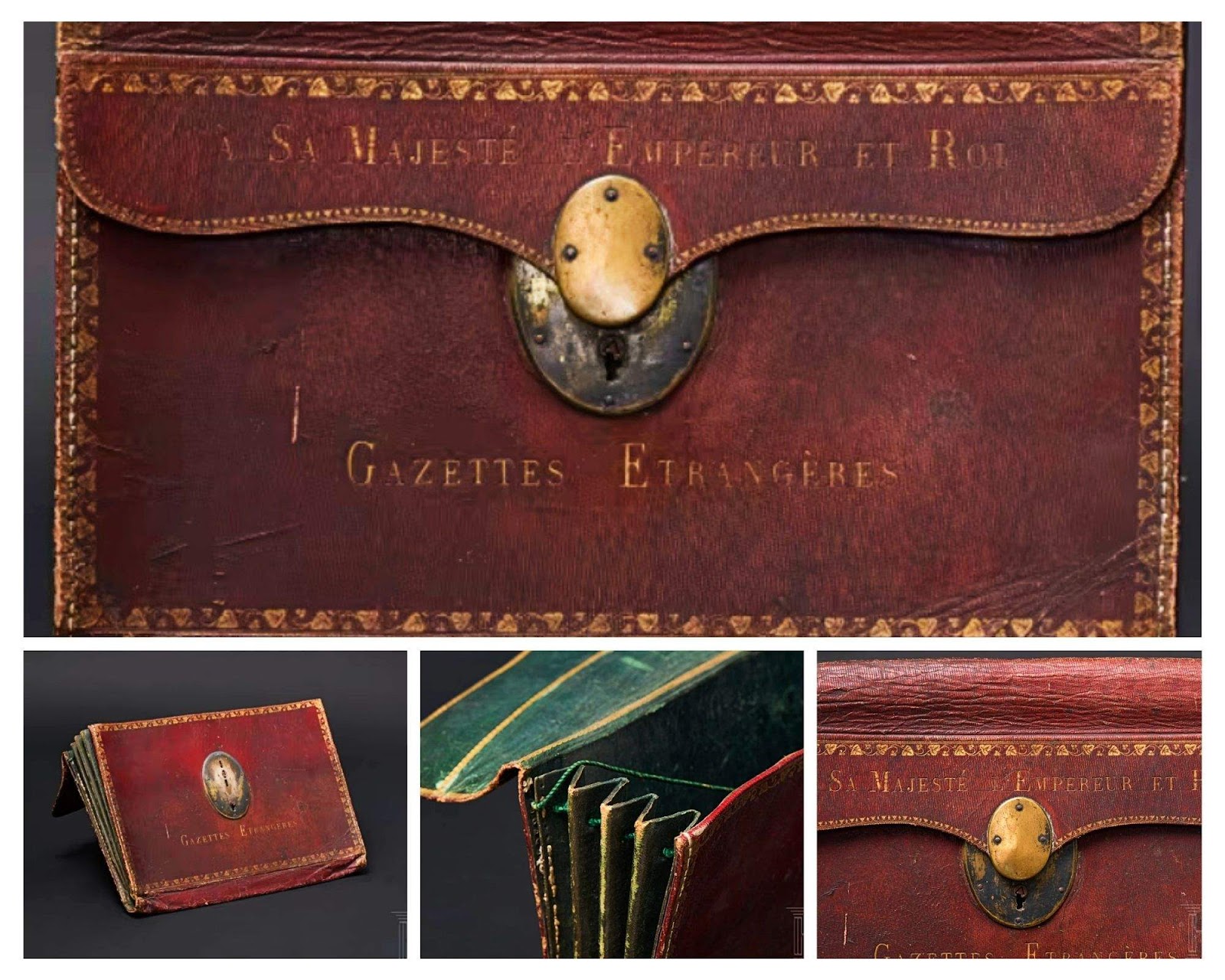
"The brand new social experience where you activate your gaming skills as you train like a spy."
- TimeOut
Take on thrilling, high-energy espionage challenges across different game zones.

The origins of the Black Chamber
The Cabinet Noir intelligence-gathering continued as Napoleon conquered much of Europe in the early 19th century but he was not the first - or last - leader to rely on the prying eyes of the Black Chamber spies.
Where there is mail, there are spies. Similar espionage tactics were used by France’s Louis XIII (1601-1643) and Louis XIV (1638-1715) until the Black Chamber was firmly established under Louis XV (1710-1774).
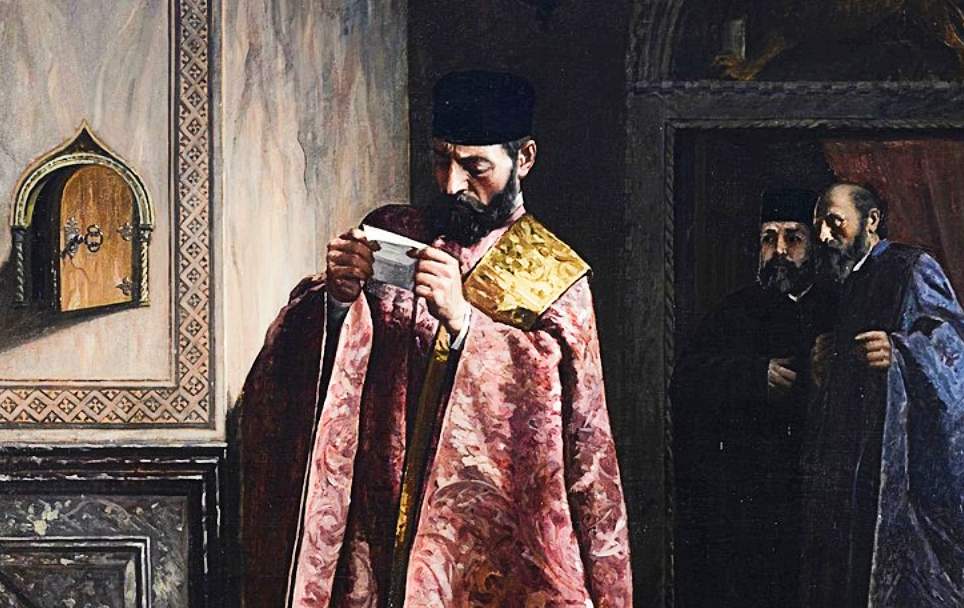
Spies & Cryptanalysts
By the time Louis XV became king, teams of government cryptanalysts were working together to crack the most complex monoalphabetic ciphers. Black Chambers soon spread across Europe, operating as nerve centers for rival governments.
Austria’s notorious Geheime Kabinettskanzlei (Secret Cabinet Office) was a finely tuned machine. By 7 am, letters destined for foreign embassies in Vienna were redirected to a Black Chamber in the Hofburg Imperial Palace. Secretaries melted seals while stenographers copied text. By 10 am, the letters were repackaged with forged seals and returned to the central post office for delivery. Austria even turned the Black Chamber into a profitable venture by selling the intelligence to other European powers. The French embassy reportedly paid 1,000 ducats (just over $2) for a biweekly intelligence package.
“The War of the Spanish Succession apparently left few major European powers without one and these units continued to operate well into the nineteenth century,” academic Karl de Leeuw said.
Britain’s right to open letters was enshrined in law under the Post Office Act 1837.
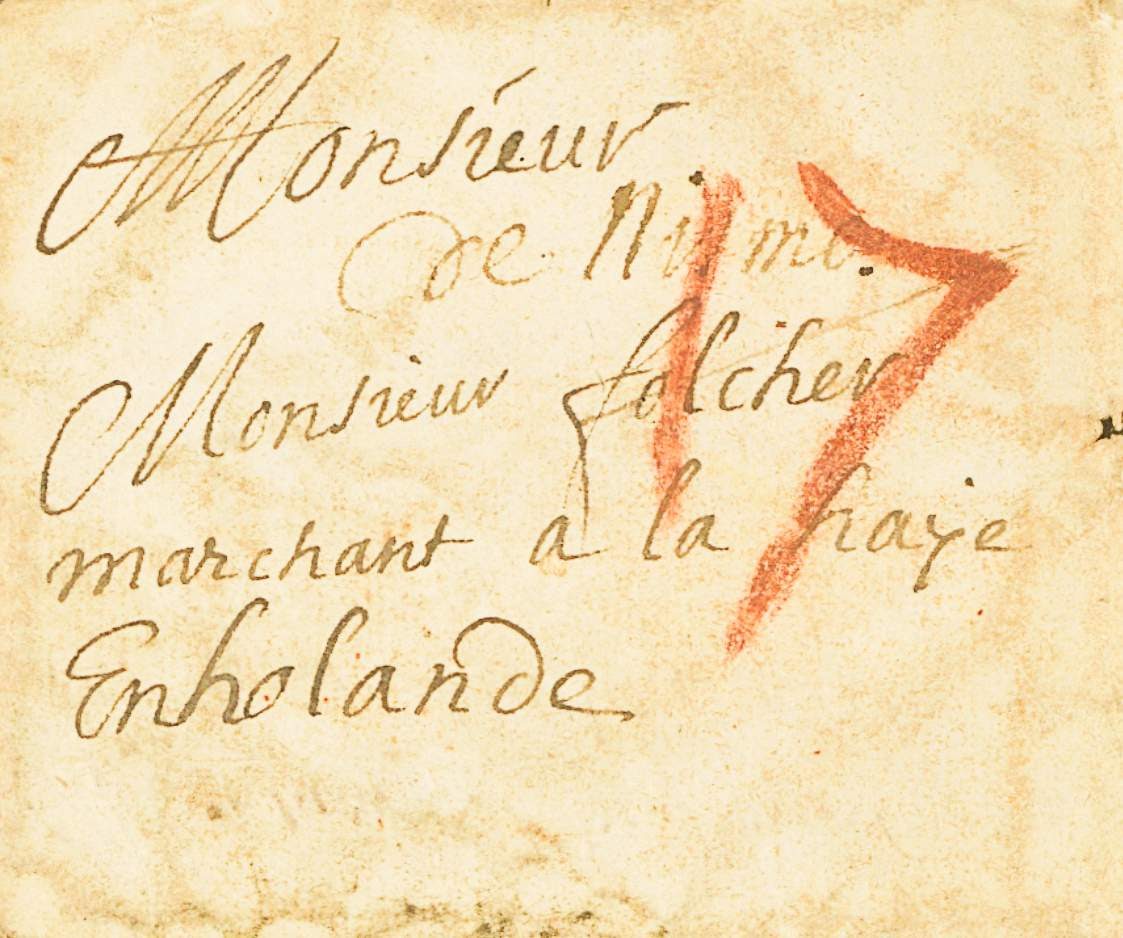
Revenge of the Letter Writers
Writers suspected their missives were opened before delivery, leading to ingenious attempts to circumvent postal spies.
In one instance, Paris exiled a Huguenot preacher who then slipped back into France. Worried his letters would be read by the Black Chamber, the preacher used a letter-wrapper - an early form of envelope - addressed to a merchant in The Hague named Monsieur Folcher. The correspondence did not look important enough to catch the eye of France’s Cabinet Noir but it was actually a decoy.
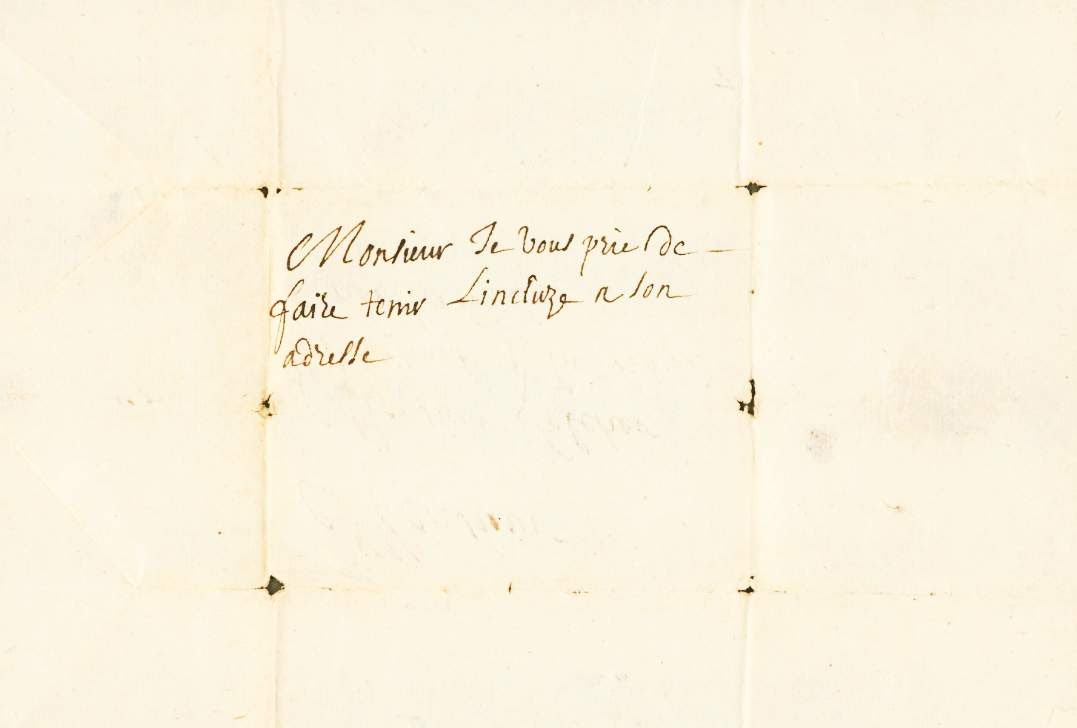
Secrets Revealed
Folded inside were the preacher’s instructions to Monsieur Folcher to forward a second, hidden letter to a different address where Monsieur Du Viviers, a Huguenot minister in The Hague, would receive the post. Monsieur Folcher was absent, however, and the decoy was discovered.
Letterlocking
Letterlocking also became popular, making it harder for spies to open letters without leaving signs the correspondence had been read. Some writers folded the writing paper into complicated diamond-shaped letter-packets, secured by folding, tucking, and sealing. Others used an adhesive - a starch-based wafer, for example - to create a papered seal.
Aristocrats incorporated complicated locks that might include a paper dagger. Elizabeth I and Mary, Queen of Scots used spiral letterlocking which took up to 30 steps to secure a letter.
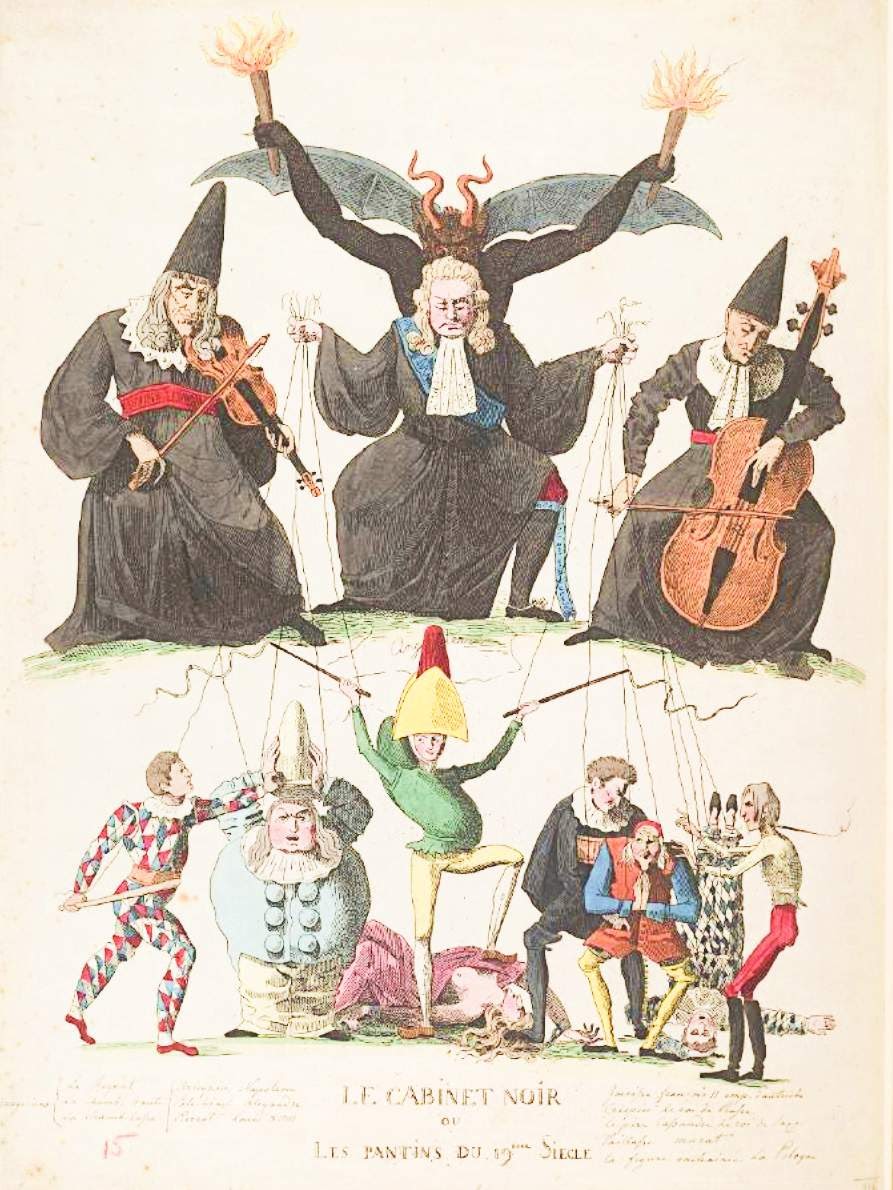
A revival of the Cabinet Noir?
In various guises, the modern day Cabinet Noir is still used by spies. Britain’s GCHQ signals intelligence agency snooped on foreign diplomatic emails and BlackBerry messages during the G20 political summit in 2009, for example. There are also questions about whether US spies are intercepting WhatsApp data.
The US Cipher Bureau, America’s first peacetime cryptanalytic organization, operated in the 1920s disguised as a New York commercial code company. The Cipher Bureau - forerunner of the National Security Agency - intercepted and deciphered diplomatic communications including, notably, those of Britain and Japan during the Washington D.C. Naval Conference in 1921.
After the Cipher Bureau closed in 1929 its former chief, Herbert O. Yardley, found himself newly unemployed and in need of an income. As a result, he wrote The American Black Chamber where he detailed how America made and broke codes. Yardley also revealed that the US Cipher Bureau had intercepted and decoded more than 45,000 foreign telegrams.
Few people know the contents of Yardley’s next book. It was seized by the US government before publication.
.webp)
SPYSCAPE+

Join now to get True Spies episodes early and ad-free every week, plus subscriber-only Debriefs and Q&As to bring you closer to your favorite spies and stories from the show. You’ll also get our exclusive series The Razumov Files and The Great James Bond Car Robbery!


Gadgets & Gifts
Explore a world of secrets together. Navigate through interactive exhibits and missions to discover your spy roles.
Your Spy Skills
We all have valuable spy skills - your mission is to discover yours. See if you have what it takes to be a secret agent, with our authentic spy skills evaluation* developed by a former Head of Training at British Intelligence. It's FREE so share & compare with friends now!
* Find more information about the scientific methods behind the evaluation here.


Stay Connected
Follow us for the latest
TIKTOK
INSTAGRAM
X
FACEBOOK
YOUTUBE